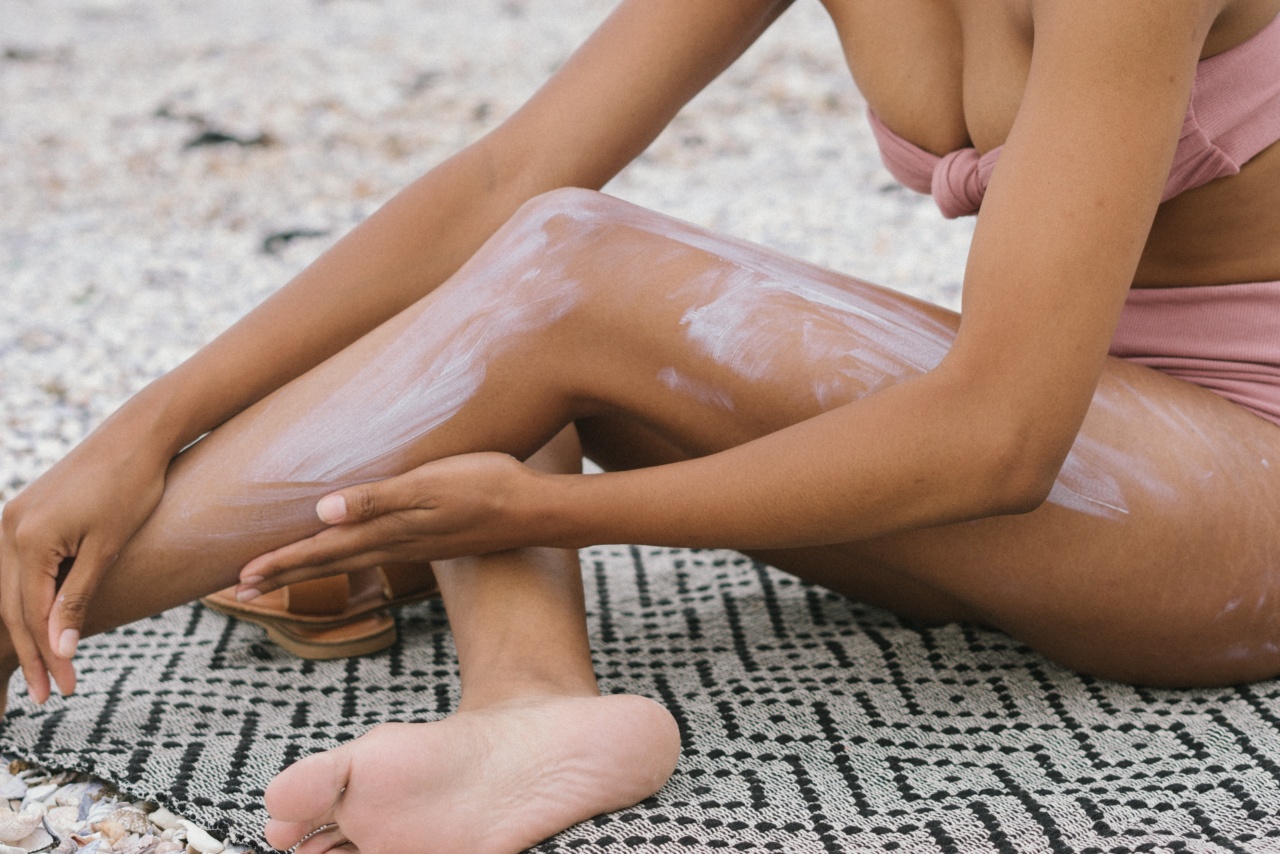Summer is a great time for outdoor activities and spending time in the sun. But, it is important to remember to protect your skin from the harmful effects of the sun’s ultraviolet (UV) rays.
UV radiation can cause sunburn, premature skin aging, and increase the risk of skin cancer. The good news is that with the use of sunscreen, you can significantly reduce your risk of sun damage and maintain healthy, youthful-looking skin.
How Does Sunscreen Work?
Sunscreen works by absorbing, reflecting, or scattering the sun’s UV rays. There are two types of UV radiation that can harm your skin: UVA and UVB. UVA rays are responsible for premature skin aging and UVB rays are responsible for sunburn.
The best sunscreens provide broad-spectrum protection, meaning they protect against both UVA and UVB rays.
When you apply sunscreen, it forms a protective layer on your skin. The active ingredients in sunscreen absorb, scatter, or reflect the UV radiation before it penetrates your skin.
Sunscreens are rated by their sun protection factor (SPF), which is a measure of how much UV radiation it takes to cause sunburn when using the sunscreen compared to not using any sunscreen. The higher the SPF, the more protection the sunscreen provides against UVB rays.
How to Choose the Right Sunscreen
Choosing the right sunscreen can be overwhelming as there are so many options available. Here are some tips to help you choose the right sunscreen:.
Look for Broad-Spectrum Protection
Make sure the sunscreen you choose provides broad-spectrum protection against both UVA and UVB rays.
Choose a High SPF
The American Academy of Dermatology recommends using a sunscreen with an SPF of 30 or higher. Remember, the higher the SPF, the more protection the sunscreen provides against UVB rays.
Consider Your Skin Type
If you have sensitive skin, look for sunscreens that are labeled “fragrance-free” or “for sensitive skin.” If you have oily skin, look for sunscreens that are labeled “oil-free” or “matte finish.”.
Choose a Convenient Form
Choose a sunscreen that is easy to apply and convenient for you to use. Sunscreen sprays and lotions are the most popular forms and are easy to apply to large areas of skin.
How to Apply Sunscreen
Applying sunscreen correctly is just as important as choosing the right sunscreen. Here are some tips to help you apply sunscreen effectively:.
Apply Sunscreen Before Going Outdoors
Apply sunscreen 15 minutes before going outdoors. This will give the sunscreen time to absorb into your skin and provide maximum protection.
Use Enough Sunscreen
Most people do not use enough sunscreen. The American Academy of Dermatology recommends using at least one ounce of sunscreen, which is equivalent to a shot glass full, to cover your entire body.
Reapply Sunscreen Often
Sunscreen wears off over time, and sweat and water can reduce its efficacy. Reapply sunscreen every two hours or immediately after swimming or sweating.
Protect Your Lips
Do not forget to protect your lips by using a lip balm with an SPF of 30 or higher.
Sunscreen Tips for Children
Children have delicate skin, and their skin is more sensitive to UV radiation than adults. Here are some tips to help you keep your children safe in the sun:.
Choose a Sunscreen Specifically Made for Children
Choose a sunscreen that is specifically made for children and has an SPF of 30 or higher. Children’s skin is more sensitive, so it is essential to choose a sunscreen that is gentle and won’t cause an allergic reaction.
Use Enough Sunscreen
When applying sunscreen to children, make sure to use enough. Use at least one ounce of sunscreen, which is the equivalent of a shot glass full, to cover their entire body.
Reapply Sunscreen Often
Children tend to sweat more than adults do, so it is essential to reapply sunscreen often. Apply sunscreen every two hours or immediately after swimming or sweating.
Limit Time in the Sun
Limit your child’s time in the sun between 10 am and 2 pm when the sun’s rays are the strongest.
The Bottom Line
Sunscreen is an essential tool in protecting your skin from the sun’s harmful rays. By choosing the right sunscreen and applying it correctly, you can significantly reduce your risk of sun damage and maintain healthy, youthful-looking skin.
So, make sure to apply sunscreen before going outdoors, use enough sunscreen, reapply often, and protect your lips. Remember, protecting your skin from the sun is essential to maintain healthy-looking skin and prevent skin cancer.
























